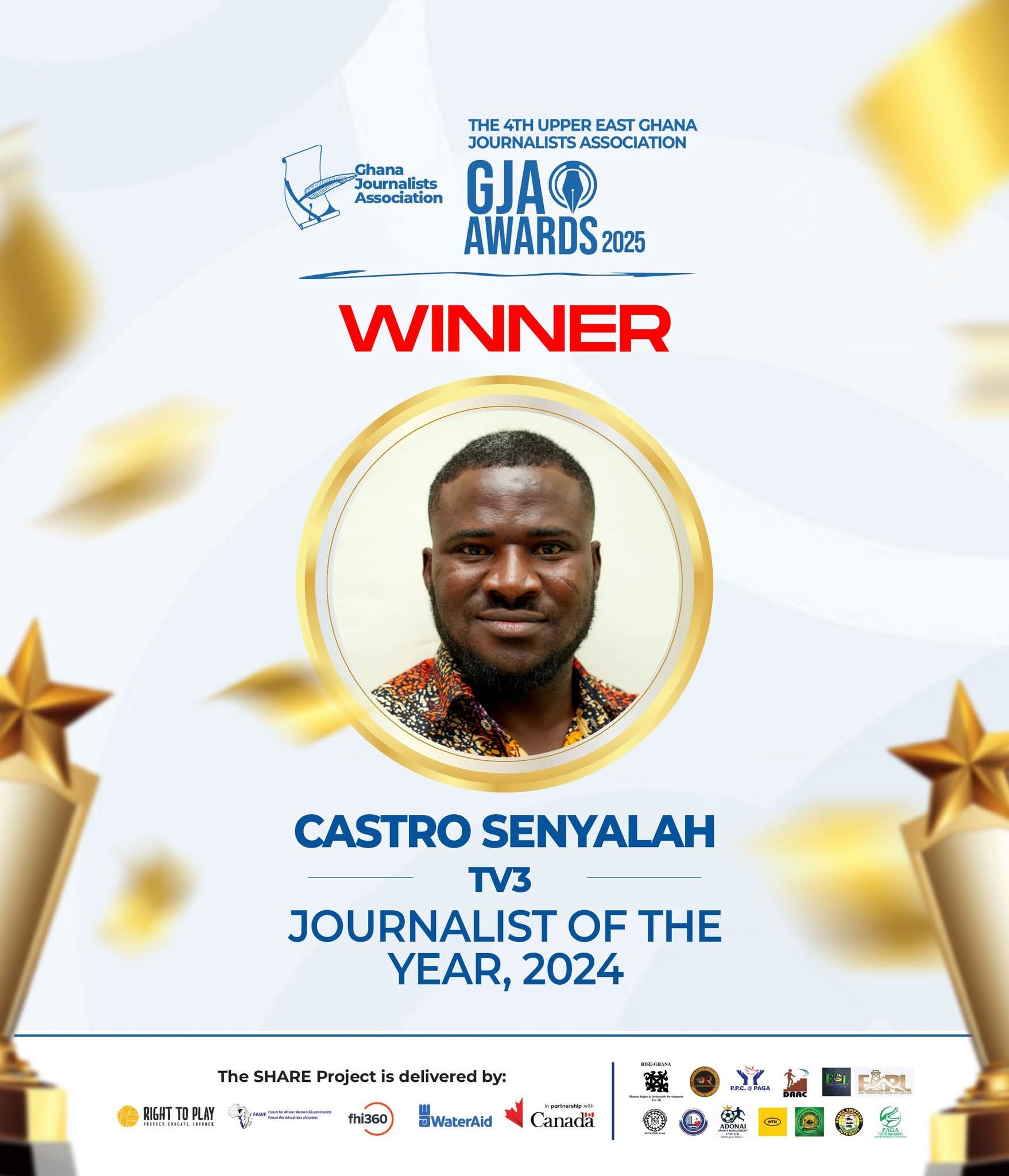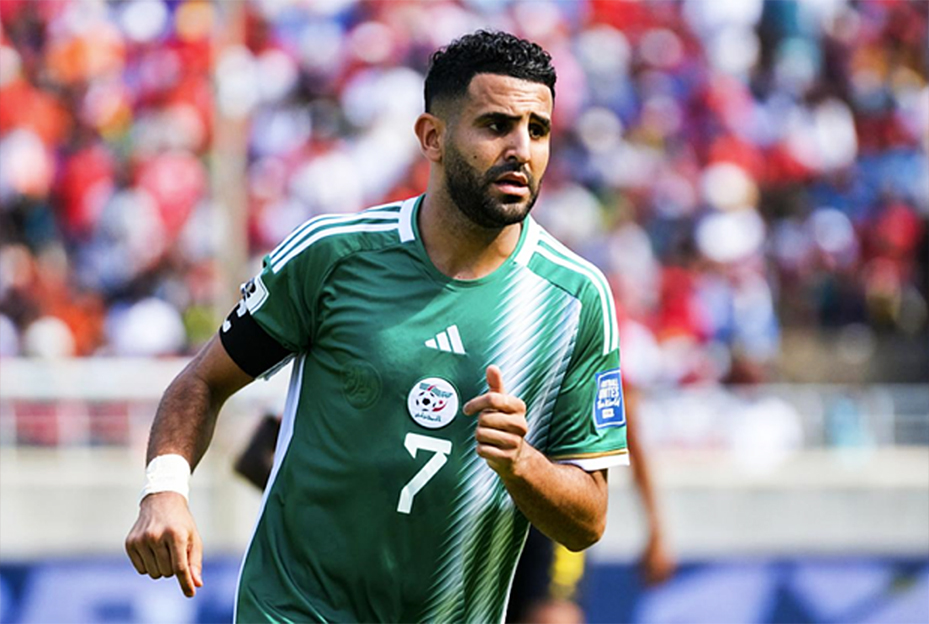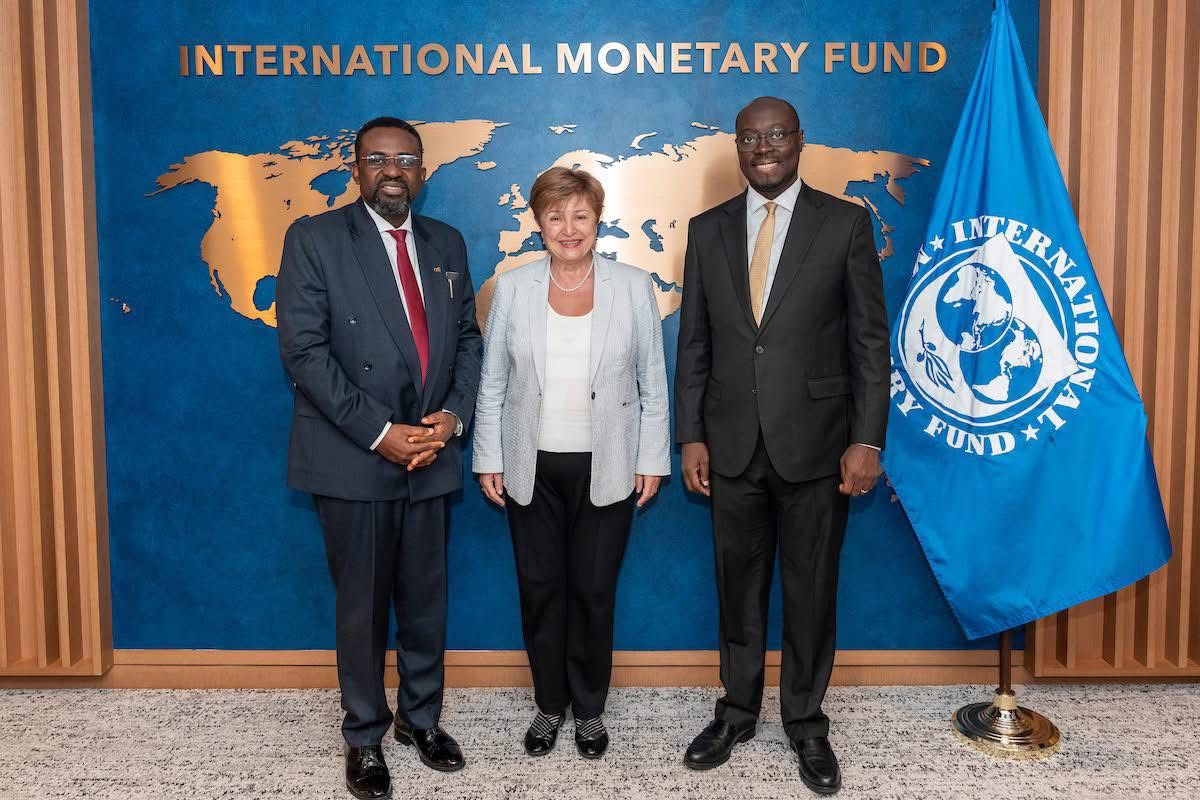
By Seade CAESAR
As the global energy landscape evolves, the United Arab Emirates (UAE) is proving that its economic future extends far beyond oil.
With forecasts from the IMF, World Bank, and the UAE Central Bank projecting real GDP growth between 4.0% and 5.0% in 2025 and slightly higher in 2026 the country’s non-oil sector has become the main driver of expansion.
Today, non-hydrocarbon activities contribute more than 70% of GDP, showing how diversification policies are reshaping one of the Gulf’s most dynamic economies.
Sectors under the UAE’s non-oil sector
Tourism and hospitality: The heart of diversification
Tourism stands as one of the UAE’s most vibrant sectors. Dubai, Abu Dhabi, and Ras Al Khaimah continue to attract millions of visitors annually through luxury hospitality, cultural events, and global sporting activities.
Emirates and Etihad Airlines sustain a vast tourism network, while visa reforms such as the Golden Visa and multiple-entry permits make travel easier. The sector contributes roughly 12-14% of GDP, helping the UAE position itself as a world-class leisure, business, and events hub.
Real estate and construction: Building the modern UAE
Fueled by population growth, foreign investment, and mega-projects, real estate and construction remain pillars of non-oil GDP. Developments like Emaar’s Dubai Creek Harbour, Aldar’s Saadiyat Island projects, and Etihad Rail’s national network showcase how infrastructure spending fuels economic activity. The sector contributes an estimated 8-10% of GDP, providing jobs and long-term value for both domestic and international investors.
Financial services and banking: The regional capital magnet
The UAE’s financial services sector has evolved into a regional powerhouse. Institutions such as First Abu Dhabi Bank (FAB), Emirates NBD, and Dubai Islamic Bank anchor a system known for stability, liquidity, and innovation. Free zones like the Dubai International Financial Centre (DIFC) and Abu Dhabi Global Market (ADGM) attract global investors, fintechs, and asset managers. Financial services now represent around 10-12% of GDP, with fintech and Islamic finance seeing rapid growth.
Trade, logistics, and transport: The gulf’s global connector
Situated strategically between Asia, Africa, and Europe, the UAE serves as a natural logistics and re-export hub. DP World, Jebel Ali Port, and Abu Dhabi Ports drive international trade, while Etihad Rail and Emirates SkyCargo strengthen internal and global connectivity. Trade and logistics account for 12-15% of GDP, supported by Comprehensive Economic Partnership Agreements (CEPAs) with countries such as India, Indonesia, and Turkey. This makes the UAE a vital gateway for global commerce.
Manufacturing and Industry: The industrial revival
The UAE’s industrial strategy, Operation 300bn, aims to increase the manufacturing sector’s contribution to GDP from 9% to 25% by 2031. Industrial zones in Abu Dhabi, Dubai, and Sharjah host companies producing aluminum, steel, cement, pharmaceuticals, and food products. Emirates Global Aluminium (EGA) and ADNOC’s downstream investments illustrate how industrialization is deepening. This sector provides diversification and job creation while improving export competitiveness.
Information and Communications Technology (ICT): The digital frontier
The UAE’s digital economy is expanding rapidly, underpinned by major investments in AI, cloud computing, data centers, and cybersecurity. Firms like G42, du, and Etisalat by e& are leading this transformation, while government initiatives like the UAE AI Strategy 2031 support innovation. ICT currently contributes about 5% of GDP, but its indirect impact on productivity, government efficiency, and service delivery is much larger making it one of the UAE’s most future-oriented growth drivers.
Renewable energy and green economy: The path to net zero
With the UAE Net Zero by 2050 Strategy, renewable energy has become central to long-term economic planning. Projects like the Mohammed bin Rashid Al Maktoum Solar Park, Masdar City, and Abu Dhabi Hydrogen Alliance reflect the country’s shift toward sustainability. The sector’s current share of GDP is small around 2-3% but investment flows are rising quickly. Green finance, carbon trading, and hydrogen production are expected to attract billions in FDI over the next decade.
Education and healthcare: Building human capital
Human capital development is a cornerstone of the non-oil agenda. The UAE’s education and healthcare systems are expanding to meet population and quality-of-life goals. Private universities, research centers, hospitals, and health-tech ventures are multiplying, particularly in Dubai Healthcare City and Abu Dhabi’s biotech corridor. These sectors contribute roughly 6-7% of GDP and underpin the UAE’s competitiveness in attracting skilled labor and knowledge-based industries.
Retail and wholesale trade: The consumer powerhouse
Retail and wholesale trade thrive on rising household incomes, tourism inflows, and the growth of e-commerce platforms like Noon.com and Amazon UAE. Iconic malls such as Dubai Mall and Mall of the Emirates attract both domestic and international shoppers. Together, retail and wholesale trade account for 13-14% of GDP, making them vital components of non-oil consumption and employment.
Agriculture and food industries: Securing the future
Although small in share (less than 2% of GDP), agriculture is gaining strategic importance through food security and sustainability programs. Initiatives like Al Dahra Agriculture, Agthia Group, and Pure Harvest Smart Farms reflect advances in vertical farming, aquaculture, and food processing. These innovations reduce import dependence and create opportunities for agritech investors.
What’s driving the surge
Trade and exports
The UAE’s non-oil trade continues to grow rapidly, supported by Comprehensive Economic Partnership Agreements (CEPAs) with key partners in Asia, Africa, and Latin America. These agreements lower tariffs, expand export markets, and attract foreign investors. Rising re-exports, stronger logistics infrastructure, and efficient customs systems have made the UAE a central global trading hub.
Business activity and sentiment
Business confidence in the UAE’s private sector remains strong. Purchasing Managers’ Index (PMI) readings consistently signal expansion, reflecting growth in new orders, employment, and output. The non-oil private sector benefits from pro-business reforms, simplified licensing, and digital transformation, allowing firms to scale operations efficiently and attract sustained local and foreign investment.
Policy and infrastructure
The UAE government’s diversification strategy has been reinforced by ambitious infrastructure projects, investor-friendly reforms, and innovation policies. Large-scale investments in transportation, renewable energy, digital infrastructure, and industrial zones continue to attract global businesses. This deliberate policy environment ensures stability, competitiveness, and long-term economic growth beyond the traditional hydrocarbon sector.
Capital Inflows and Foreign Direct Investment (FDI)
Foreign investment into the UAE’s non-oil sectors is surging as investors seek stability and opportunity in a well-regulated environment. Reforms allowing 100% foreign ownership, low corporate tax rates, and strong legal protection have enhanced the UAE’s appeal. FDI is increasingly flowing into logistics, manufacturing, fintech, and renewable energy ventures.
Reframing the Investable Universe
Core plays move beyond oil
The UAE’s investment focus is shifting toward high-performing non-oil sectors such as tourism, logistics, financial services, technology, and renewable energy, offering investors diversified exposure, sustainable returns, and reduced dependence on volatile hydrocarbon cycles.
Hydrocarbons become support, not standalone engines
Oil remains vital for fiscal stability but now acts as a complementary pillar supporting diversification. Investors can treat hydrocarbons as a stabilizing asset class while prioritizing growth-oriented, innovation-driven non-oil opportunities for higher yields.
Policy alignment matters more
Government reforms like foreign ownership liberalization, tax incentives, CEPA trade agreements, and regulatory modernization create a predictable business environment. Investors aligned with these policy directions benefit from improved access, lower risks, and long-term competitive positioning in UAE markets.
What smart investors should do
Position early in high-growth non-oil sectors
Savvy investors should target fast-expanding non-oil industries such as logistics, fintech, tourism, healthcare, and renewable energy. Early entry captures first-mover advantages, preferred partnerships, and long-term compounding returns as government diversification programs unlock new infrastructure, incentives, and cross-border investment channels throughout 2025 to 2026.
Use the UAE as a regional hub
The UAE offers unmatched connectivity linking Africa, Asia, and Europe. African investors can leverage its logistics networks, free zones, and financial centers to manage regional operations, re-export goods, and access global markets efficiently, minimizing trade barriers while strengthening value chain integration and currency diversification.
Blend stability and upside
Balance portfolios between low-risk, income-generating assets such as logistics, real estate, and renewable infrastructure and higher-growth ventures in technology and industrial innovation. This strategy stabilizes cash flow while preserving exposure to emerging high-return opportunities within the UAE’s non-oil transformation and expanding regional partnerships.
Monitor indicators closely
Investors should track purchasing managers’ indexes, foreign trade volumes, FDI inflows, real estate cycles, and government policy shifts. Regular monitoring ensures timely entry and exit decisions, enabling adaptation to evolving economic conditions and maximizing gains as the UAE’s growth momentum accelerates through 2026.
Implications beyond the UAE
Gulf investment in Africa
As the UAE strengthens its non-oil capabilities, Gulf investors are channeling capital into African infrastructure, energy, and agribusiness. This shift deepens Africa-Gulf economic ties, creating opportunities for joint ventures, technology transfer, and financing models that support industrialization and sustainable development across the continent.
Regional rebalancing
The UAE’s rapid diversification encourages other Gulf Cooperation Council (GCC) members like Saudi Arabia and Qatar to intensify their own economic reforms. This healthy competition spurs innovation, enhances regional trade integration, and positions the Gulf collectively as a resilient, diversified growth bloc linking Asia and Africa.
Changing risk perceptions
As the UAE proves that oil-dependent economies can diversify successfully, rating agencies and investors are reevaluating the region’s risk profile. This improved perception lowers borrowing costs, boosts foreign direct investment inflows, and strengthens confidence in Gulf and African emerging markets alike.
Conclusion: The non-oil engine of growth
The UAE’s non-oil economy is no longer a secondary story, it’s the core of national development. With sustained growth of around 4.5-5% annually, driven by tourism, logistics, manufacturing, finance, and technology, the country is positioning itself as a global model for economic transformation. For investors and policymakers, the message is clear: the UAE’s future lies in diversification, innovation, and sustainability, making it one of the most compelling non-oil success stories in the world today.
Seade is the Executive Director,Africa Global Policy and Advisory Institute
(With strong focus on Africa-Gulf cooperation)
The post Inside the UAE’s non-oil engine: The sectors powering diversified growth in 2025 and 2026 appeared first on The Business & Financial Times.
Read Full Story
















Facebook
Twitter
Pinterest
Instagram
Google+
YouTube
LinkedIn
RSS